PS 141 Outline
and
Learning Elements
(click to go back to PS 141 entry page)
1. Methodology and Rationale.
1.1. The course is designed to be "interactive", so that questions are provided immediate answers.
1.2. It is structured in such a way that the more elementary parts which are conducive to the "interactive" approach is taken up first, that is, the recognition of 1's and 0's and method of counting using them.
1.3. In this way, the myth of electronic components, if there is any, is immediately removed.
1.4. Enjoyment in the study is also induced by the fact that many "aha's" are consciously evoked.
1.5. As these aha's and decision-making are developed and evoked, the participants will be ready to move into the more complex area of "ANALOGS".
1.6. With analogs, the world starts to be seen as a "continuum" and no longer as "back-and-white", as in 1's and 0's.
1.7. Finally, the enjoyment is capped with tricks on how to "play" with the interaction between analog and digital components.
2. 1's and 0's
2.1. "who" are they anyway?
2.2. how do you tell one from another?
3. Let's count using 1's and 0's
3.1. up-counters
3.2. up/down-counters
3.3. astables
3.4. time base (oscillators, power-line)
4. Making decisions
4.1. let's count to any number
4.2. when we reach it, we start over
4.3. OR when we reach it we do something, like sounding an alarm, or anything
4.4. more about gates
5. Traffic manager
5.1. multiplexers
5.2. encoders
5.3. decoders
5.4. flip-flops
5.5. shift registers
6. Managing a post office
6.1. addresses decoding
6.2. retrieving from an address
7. Switching with transistors
7.1. what are they anyway?
7.2. transistor switches behave according to stimulus/response
8. Amplifiers?
8.1. music
8.2. temperature
8.3. light
8.4. and whatever
9. Using transistors for analog amplifiers
10. Shifting voltage levels and interfacing them
11. Other applications, such as,
11.1. frequency to voltage
11.2. voltage to frequency
11.3. ADC
11.4. DAC
11.5. etc
12. Can you make an inexpensive digital voltmeter without using microprocessors or computers? Have you heard of successive approximation?
13. You may view some of the experiments conducted by various groups in the PS 141 course of sy 2000-1 at http://espresso.ps.admu.edu.ph/faculty/tris/141_00.htm
|
digital logic probe

|
LM555 (timer) + resistors + capacitors + LED
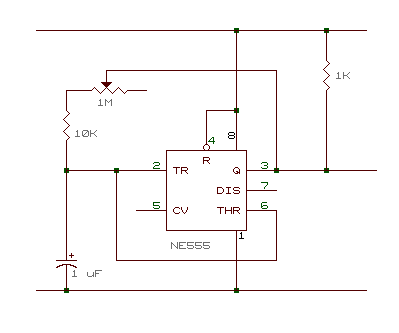
|
counters + decoders + displays
74ls90 - 0 to 9 counter
74ls92 - 0 to 5 counter
74ls47 - seven-segment decoder

|
time base : zero-crossing detector
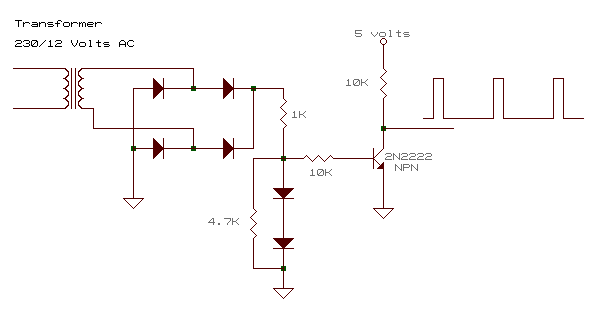
|
address decoder
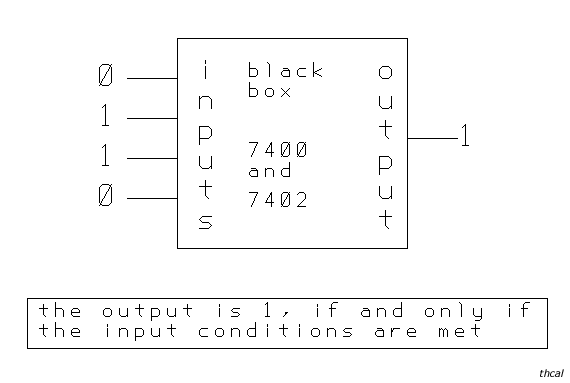
|
selector switch

|
74LS258 selector

|
photoelectric presence detector
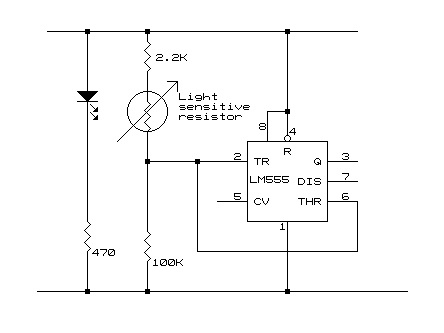
|
digital logic comparator

|
"block D2" : up / down counter
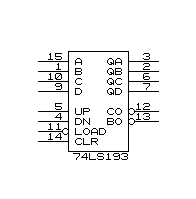
|
|
transistor
|
npn

|
pnp

|
common_emitter

|
common_collector

|
common_base

|
|
operational amplifiers
|
inverting

|
non-inverting

|
gain

|
offset adjustment

|
gain adjustment

|
|
interfacing tricks
|
interfacing voltage levels

|
millivolts temperature amplifier

|
resistance temperature amplifier

|
LDR light detector

|
oscillators

|
|